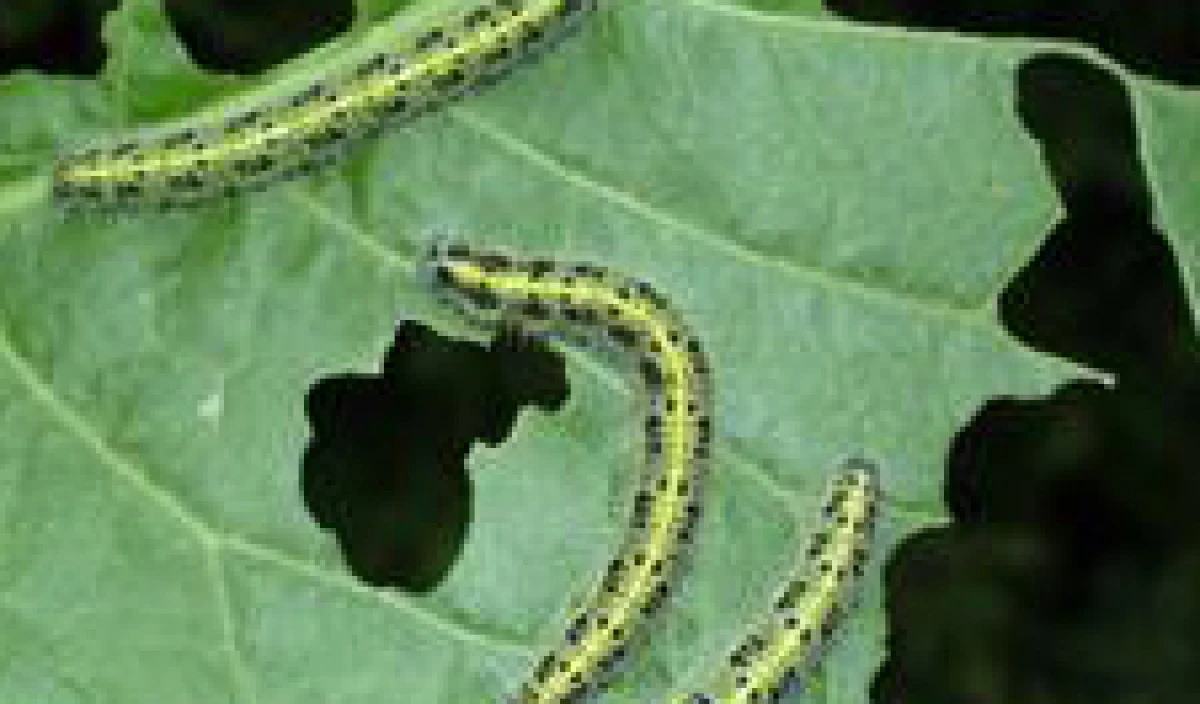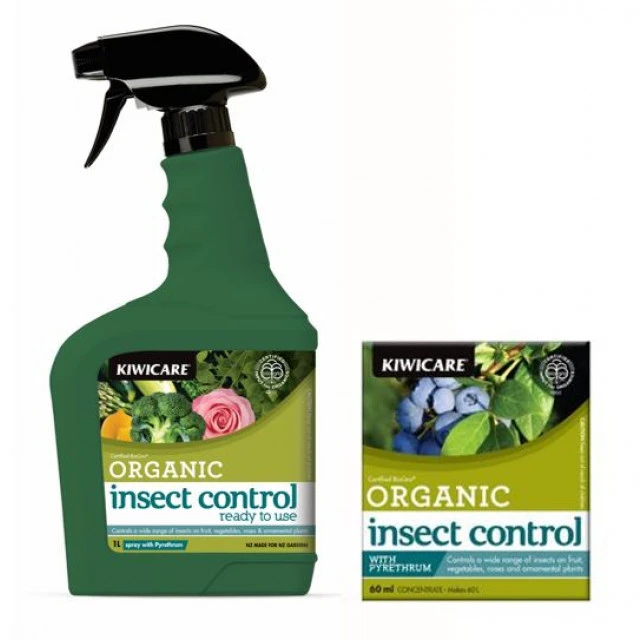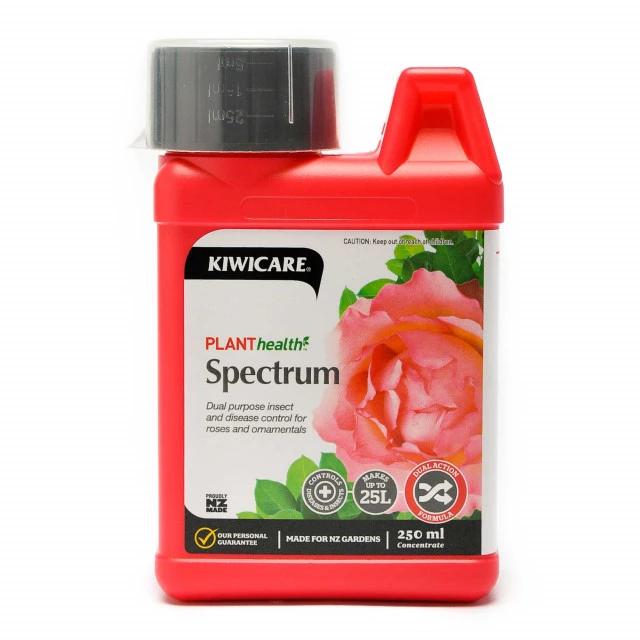Solve problems in and around your home.
Start Problem Solver

Caterpillars are the larvae of butterflies and moths and can cause severe damage to plants.
There are many types of caterpillars, which are the larval stage of moths or butterflies. The butterflies and moths usually lay their eggs on the underside of the leaves of plants that their young will feed on when they hatch.
Most caterpillars can be found throughout the year but are more prevalent during summer and autumn when the weather is warmer.
Caterpillars can cause severe damage to plants. Many, like the caterpillars of white butterfly, can be found in very large numbers and can strip affected plants to bare stalks in a few days. The sooner you see them, the easier it is to prevent damage. White butterfly, sometimes known as cabbage white butterfly, caterpillars cause severe damage to brassica vegetables such as cabbage, sprouts and cauliflowers. The caterpillars can reduce the vegetables to a collection of leaf skeletons in a short period.
To get rid of caterpillars follow these steps:

Fast acting pyrethrum insecticide that controls a wide range of insects.

Natural pyrethrum insecticide. Organic control of a wide range of insect pests on roses, ornamentals, trees and …

Insect pest and disease control for roses and ornamentals.